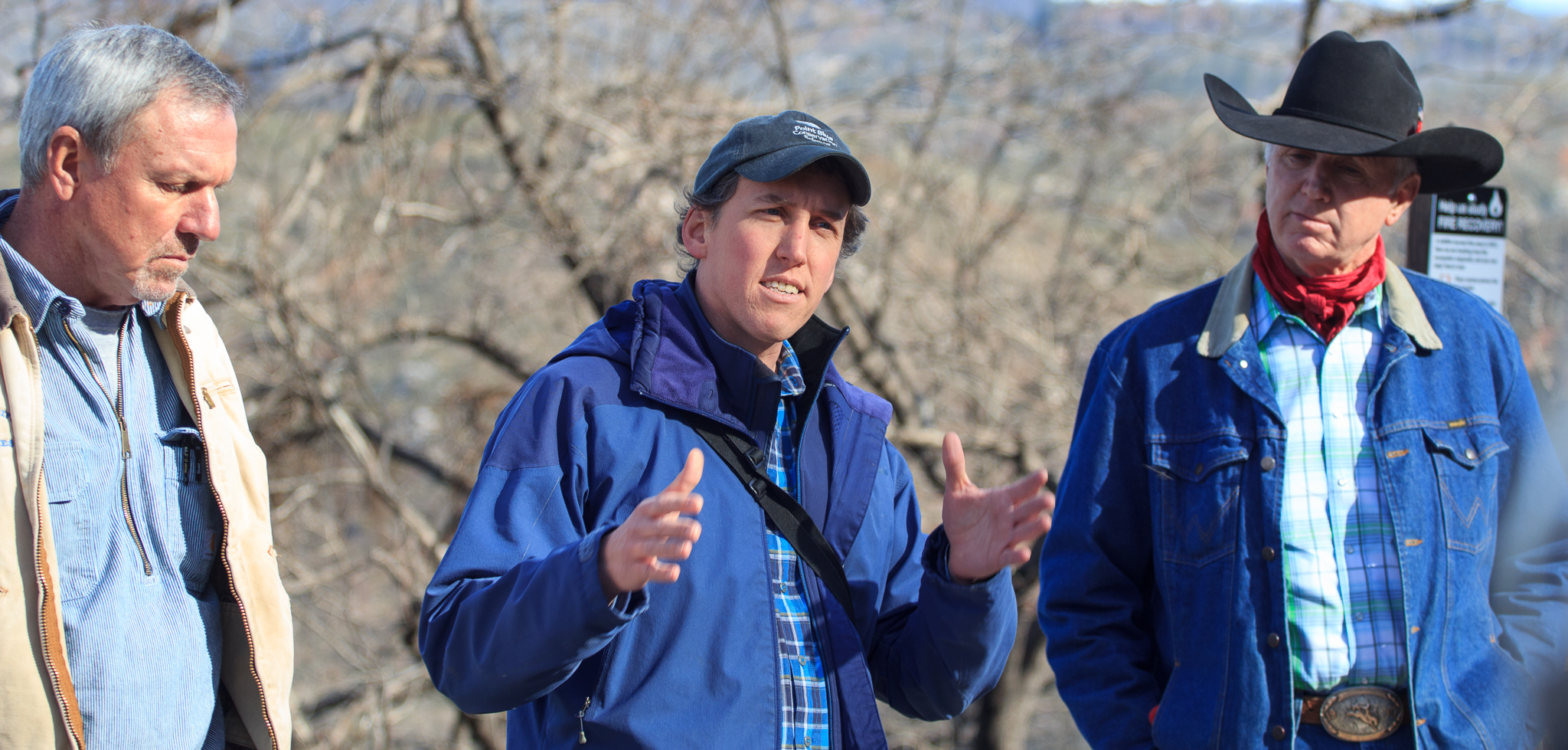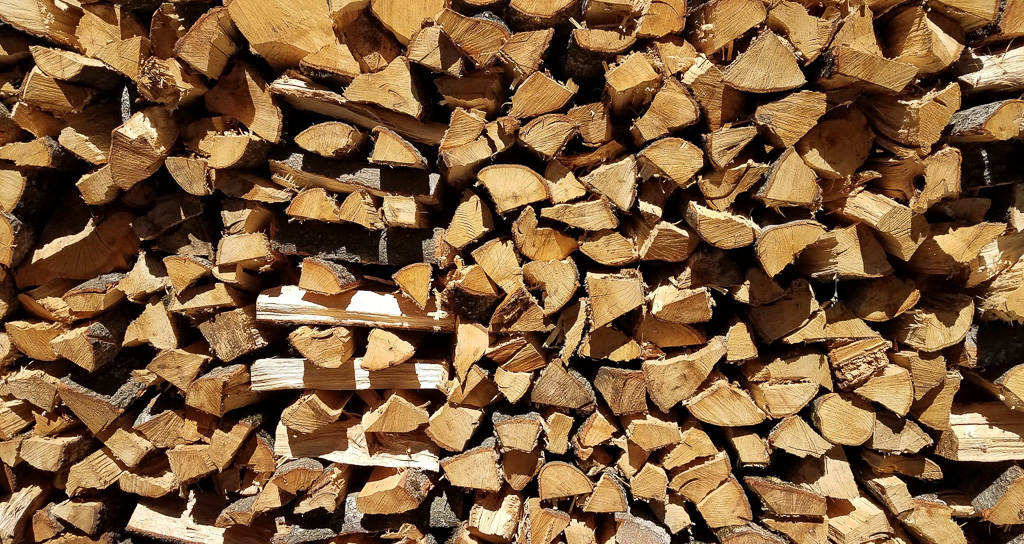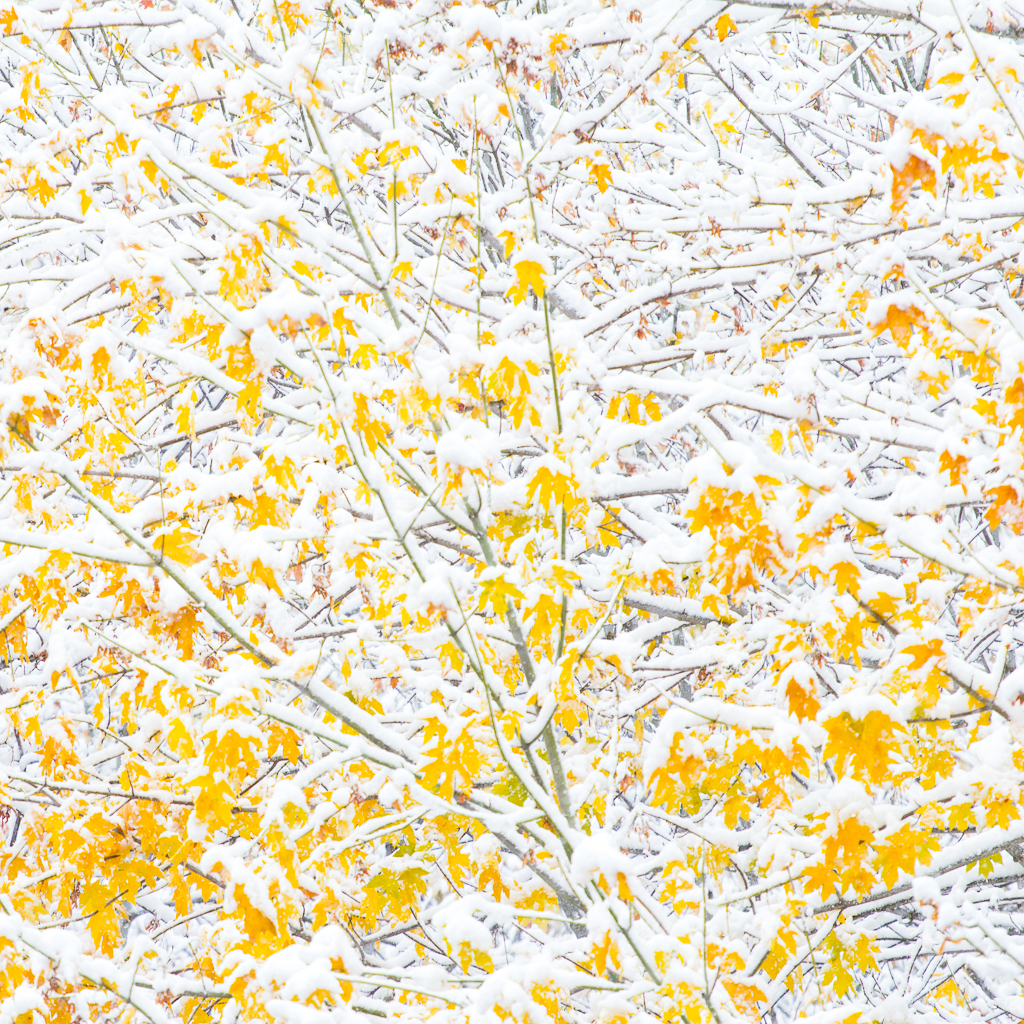Part 1
Introduction
Mention California wildfires to most people and you’ll see looks of sorrow, comments about how devastating they can be and usually a reaction of “put them out quickly”. And there certainly have been an uptick in wildfires, particularly extreme wildfires in the last few years and I do not want to minimize the personal losses incurred, instead I want to take a step back and look at fires in a historical context. When looked at in this context fires are not bad, in fact they are quite beneficial and necessary to maintain a landscape in the Sierra Nevada. This first post is to provide background on the historical role of fire in the Sierras, both in recent (post Gold Rush) as well as 1,000+ years ago.
This will be the first post of several on the subject of wildfires in California. For the purpose of these posts, I’m concentrating on the Central Sierras, particularly Calaveras, Tuolumne and Mariposa counties. Part of the problems facing firefighters and land managers is that there has been blanket policies put in place to cover the entire state. Even narrowing it down to such a specific area still leaves me with much to write about. The terrain on the western edges of these counties is far different than the eastern edge, it goes from a few hundred feet at the edge of the Central Valley to 10,000 feet at the crest of the Sierras.
There are as many viewpoints on how to manage for fire as there are ecosystems. If this was a clear cut (no pun intended!) issue, there wouldn’t be so many opinions. To give you some background on me I’ve lived most of my life in or near the central Sierras, my father worked for the Forest Service for decades, I hate the term but would call myself a practical environmentalist (or greenie according to some!), I like cows – both living and their products, I like wood products, and want to see my local economy thrive. Some might think all of the above aren’t compatible but I’d like to think there’s a balance between all of these issues. One reason I have hope for this is the California Rangeland Conservation Coalition – I attended their Summit and tour of the Rim Fire last week. It was refreshing to see Loggers, Cattlemen, Educators/Researchers, Forest Service, CalFire, Cal Fish & Game, Native Americans and numerous environmental advocates come together and agree that a healthy sustainable forest is a great thing. I just wish politicians – especially those at the national level would listen and attend conferences like this. It’s not often all of these groups come together and speak with a common voice. As soon as the video is available from the conference I’ll post a link, it was very informative and interesting.
One of the biggest misconceptions many people have is that wildfires are intrinsically bad. Many people I talk to think that big fires are all started by humans. While most are, it’s not by much; 40% of the largest wildfires are caused by lightning. Another common misconception is that forests and other ecosystems are static. That what is there now has always been there, and if left unaffected by humans will continue to be in the same state forever and ever. Forests will stay forested, meadows will stay meadows. In reality plant and wildlife distribution changes not only as climate changes, but also with shorter term changes to the landscape from fire, flood, mudslides, and disease. One of the reasons California is so unique is that we have everything from coastal wetlands to alpine peaks. Even when looking at large scale maps such as this one by Cal Fire there’s a wide variety of habitat. Zooming in further to look at elevation, soil quality, degree of slope, what direction the slope faces, proximity of water and there can be a large degree of variability within just a few minutes walk. Despite all of the variability there often is a one size fits all approach to land management. Today I’m taking a look back at the history of wildfires in the Sierras on up to current practices.
Historical Data on Fires
One of the special things about California is we have the longest living trees in the world. Sequoias and Bristlecone Pines provide climate data dating back 8,000 years. As research in Sequoia National Park shows fire is a regular part of the groves, and not surprisingly more frequent in times of warming and drought. If you are a fan of charts and graphs the full report is well worth the read. What differs from fires in the last decade is that the frequent fires in dryer times tended to be smaller and quicker burning – just burning off the underbrush. It wasn’t until there was a wetter period that allowed for denser ground-cover that the larger hotter fires occurred. Studies of tree rings of shorter-lived trees throughout the Sierras confirm the average frequency of fires in the area. The wonder of the internet is that many studies – old and new are available online. From the October 1961 Journal of Forestry Willis W. Wagener found the average interval to be 7-9 years of the past 300 years for the 6 areas in the Sierras sampled. There are a number of interesting nuggets of commentary in this report. One – is that they were aware of Me-Wuk natives regularly burning in Yosemite Valley, but at the time it was considered a localized habit. Many more recent studies, and interviews with the Me-Wuk themselves (duh,why didn’t anyone ask them before?) show this was a widespread habit – many of those studies are cited in this study headed by Douglas D. McCreary of University of California. Ranchers in the early days of California statehood also regularly burned rangeland to promote grasslands and control invasive species.

Why is this important?
As Willis W. Wagener stated in the report above
“History, whether of populations of humans or of trees, is significant chiefly for the understanding that it may provide of the conditions and environments under which those populations existed over a past span of time and for the wisdom that this understanding may yield in the guidance of future actions or policies. Forest fire history presents a number of intriguing aspects, such as the origins of fires, their character and intensities, the relation to weather, and the ecological influence of fire on the forest”.
Fire has been a regular part of the Sierra Nevada ecology for thousands of years. The native flora and fauna have adapted to fire and in some species depend on it for propagation. More on this on a future post – it’s a lengthy one! But it is important to note that in the last 100 years or so there has been a policy of fire suppression. It does vary – fires in Wilderness areas are allowed to let burn, National Parks have been easing their burn policies, while other National, State and local agencies have have changed their policy to put out fires – man-made and natural. Much of this is done because of human safety and outcry. We’re building and moving into areas that used to be unpopulated. Well meaning people see massive fires on the news and demand something be done about them. Instead of regular clearing out of dead undergrowth, disease weakened trees, and regeneration of some species of flora, there has been increased fuel loads, increased insect populations – such as the Bark Beetle which are killing trees at an alarming pace – all of which leads to extreme fire behavior. The fires are hotter, larger and spread faster than fires in the past. The addition of the drought and warmer temperatures is literally adding fuel to the fire.
All is not lost!
While the current conditions are ripe for more devastating megafires (100,000 acres or more) that doesn’t mean we should just sit back and wait. There are methods to reduce fuel, return to a natural burn cycle and increase the health and diversity of our forests. Of course it’s complicated and full of red tape! Hopefully in the following posts I can weed through the confusing, often contradictory approaches to wildland management. Lastly as Tom Scott stressed in the California Rangeland Conservation Coalition Summit, fire is a process, not a single event.
“When we try to pick out anything by itself, we find it hitched to everything else in the Universe.”
John Muir, My First Summer in the Sierra






